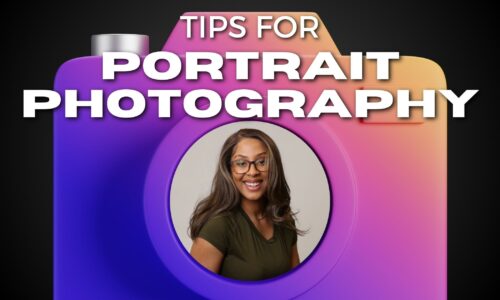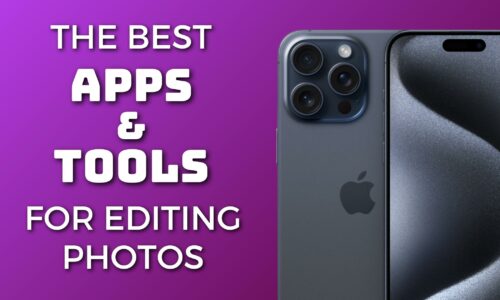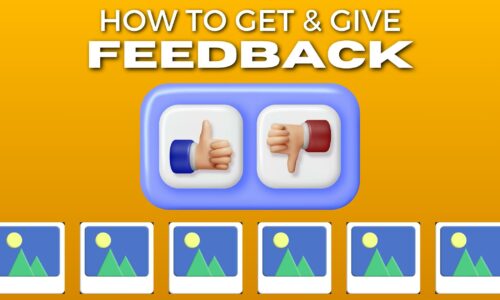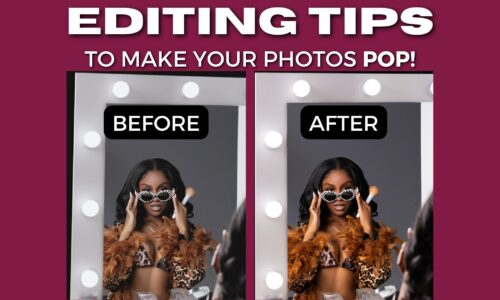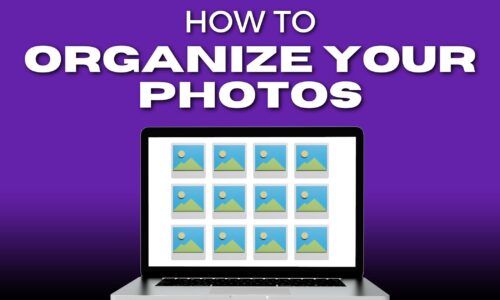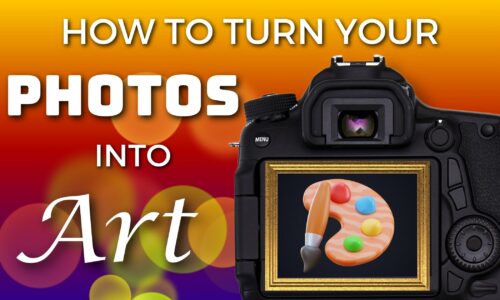How to Use Social Media to Connect With Other Photographers
Are you having a hard time connecting with other photographers on social media?
You post your best photos, but it feels like they’re lost in a sea of endless posts. And then, you see others networking and growing, and you wonder, “What’s their secret?”
Well, that’s the topic we’re going to talk about today.
Because it’s not just about sharing photos. You have to learn how to use social media to connect with other photographers.
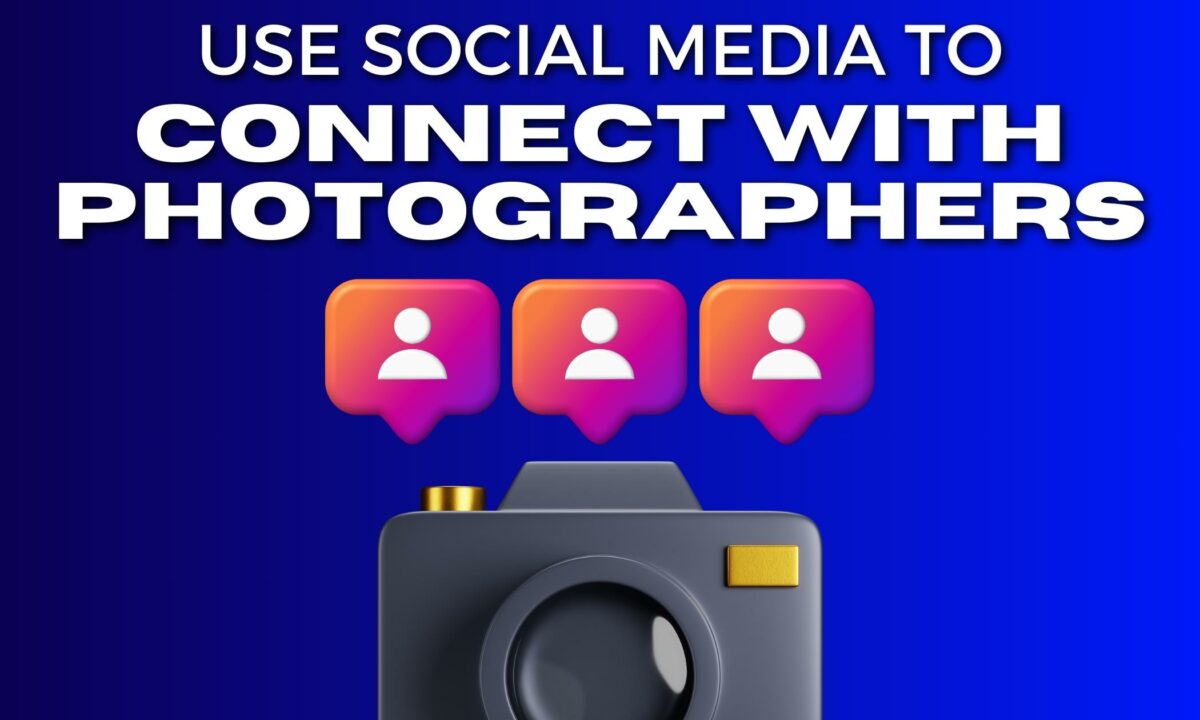
So you can find and connect with people who share your passion for photography.
Keep reading, and you’ll learn how to transform your social media profiles and have more meaningful interactions and growth with other photographers in the photography community.
Because your next collaborative opportunity or friend could be just a post away.
Choosing the Right Platforms
When you’re looking to connect with fellow photographers on social media, pick the right platforms where your work will shine and where you’ll find like-minded creatives.
Identifying Popular Photography Platforms
The social media landscape has tons of platforms.
But for photographers, certain platforms stand out. Instagram is a visual powerhouse, perfect for sharing your imagery and connecting with a vast audience.
Then there’s Behance, owned by Adobe. It’s like a polished gallery, giving your portfolio a sleek, professional edge.
If you’re after a more niche community, 500px and Flickr are a haven for photography enthusiasts. When thinking about platforms, keep in mind where photographers are flocking to show their work:
- Instagram: A go-to for visual sharing
- Behance: Professional portfolio showcasing
- Flickr: Long-standing photography community
- 500px: For high-quality, licensed photography
- Ello: The creators’ network
Evaluating Each Platform’s Audience
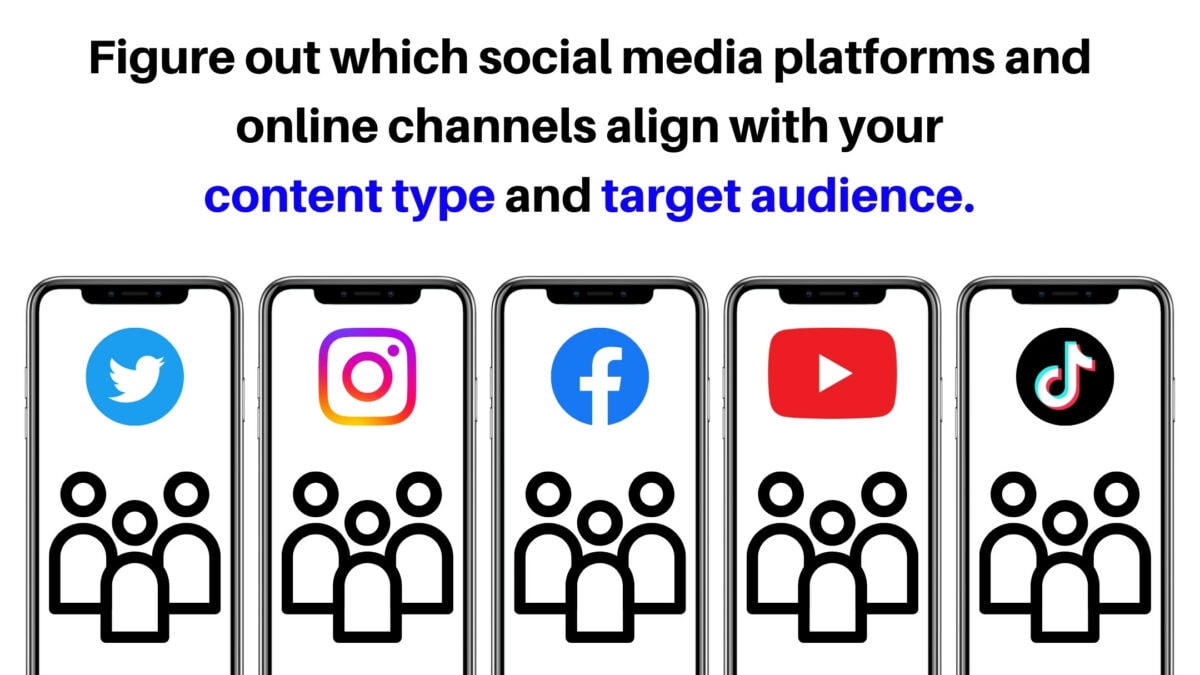
Each social media caters to a specific type of audience.
Instagram is populated by a diverse, global audience keen on visual storytelling, while LinkedIn could connect you to industry professionals and companies.
Platforms like Behance not only allow fellow creatives to discover your work but also potential clients.
To understand where to invest your time:
- Consider the demographics of the platform’s user base.
- Think about the engagement level; a smaller, dedicated following can sometimes outweigh a larger, less engaged audience.
- Determine whether the platform is favored by amateur photographers, professionals, or a mix of both.
Deciding Based on Your Style and Goals
Your unique style and what you want to get out of a social media platform should guide your choice.
If storytelling is your thing, TikTok might be your stage. As well as the “Stories” feature on all platforms.
For fine art photographers, Ello or YouPic could provide the ideal audience that appreciates your work.
And you can use Pinterest as your mood board to inspire and be inspired. Just do some comparisons based on the following:
- Your photography style and the platform’s visual aesthetic.
- The goals you’re aiming to accomplish, whether it’s networking, selling prints, or gaining exposure.
- How well a platform aligns with your branding and helps in building your online presence.
Building Your Social Media Presence
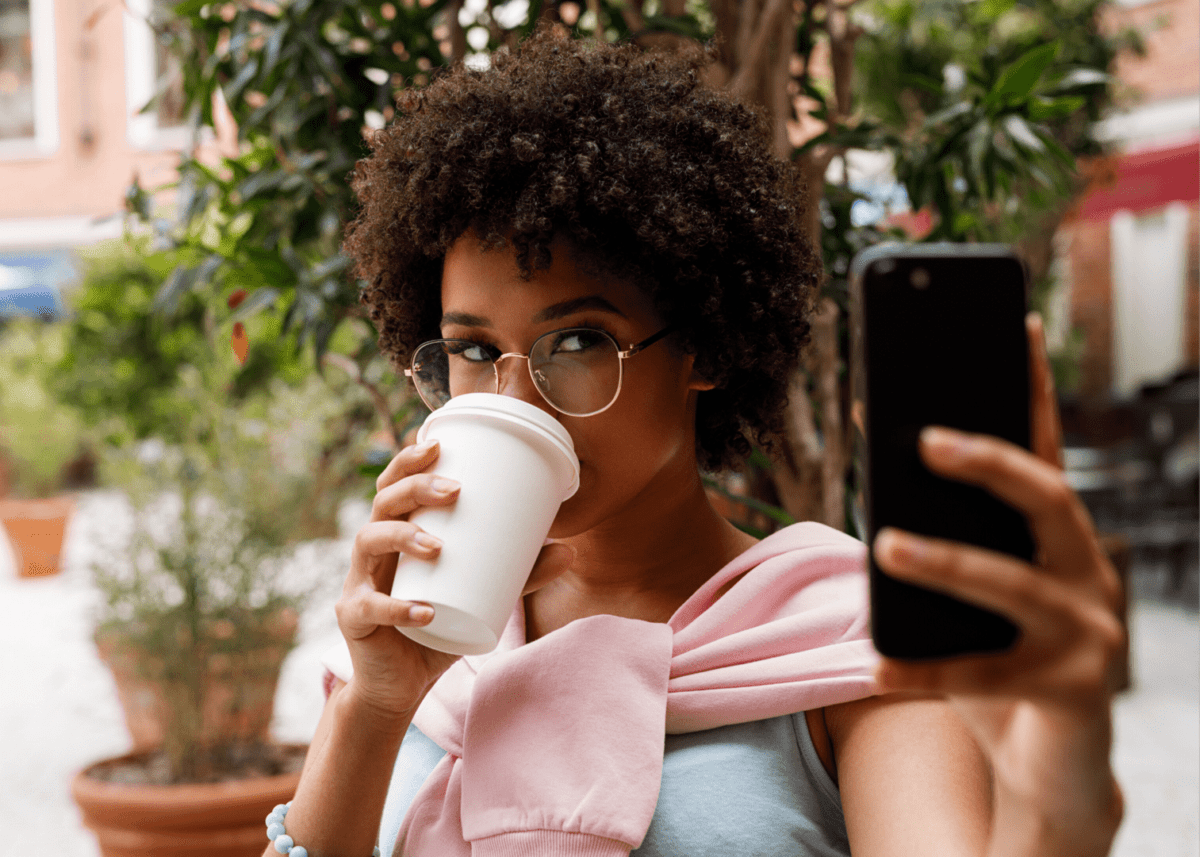
In photography, your social media account is your digital storefront. It’s how you showcase your work, connect with your audience, and maintain consistency in your brand.
You Need to Create a Professional Profile
First impressions count on social media.
Your profile should be a clear reflection of your professional identity. Upload a high-quality profile picture that resonates with your brand as a photographer.
Create a bio that concisely highlights your skills and specialties, targeting it toward your desired audience.
And because your bio is your story in a nutshell, make it engaging.
List of details to include in your profile:
- Name: Your full name or studio name.
- Specialty: Areas of expertise you wish to highlight.
- Location: To connect with local followers or clients.
- Contact Information: How potential clients can reach you.
- Link to Portfolio: A direct link to your work.
Developing a Posting Strategy
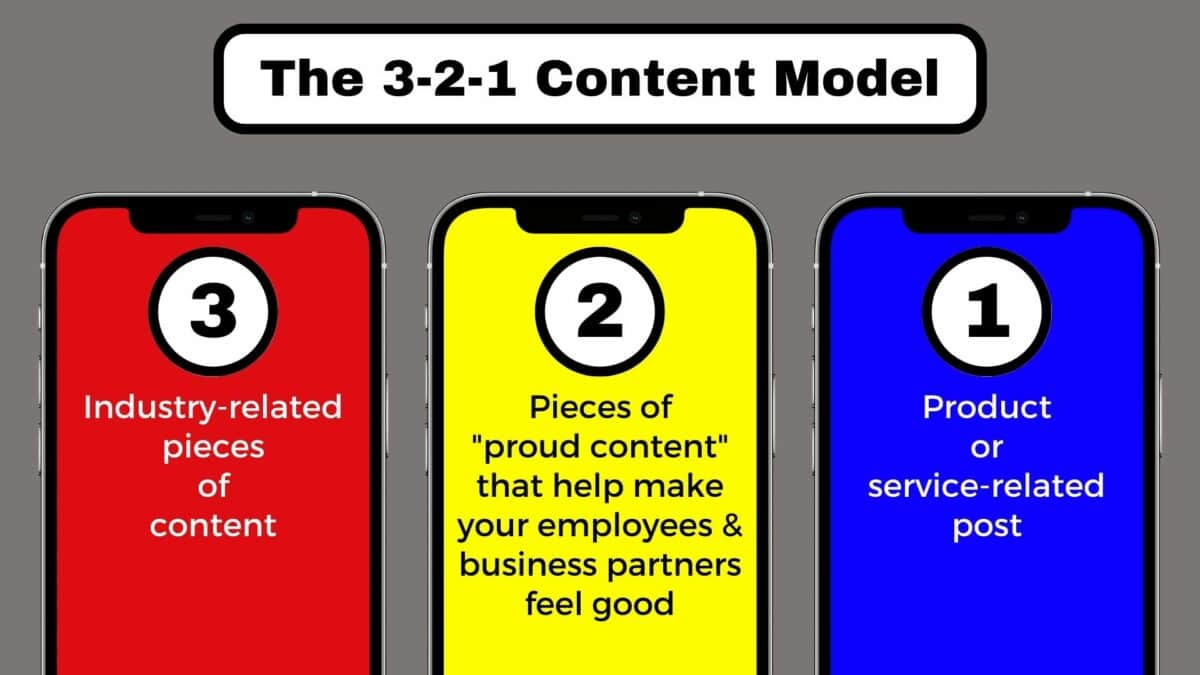
Consistency is king in the world of social media.
Define a posting schedule that keeps your followers engaged without overwhelming them.
You want a balance of content types: behind-the-scenes insights, fresh takes from current projects, and occasional personal stories that offer a glimpse into your world.
Tap into storytelling with your captions.
They’re as important as the photographs themselves. Captions provide context, provoke emotions, and invite your audience to engage on a deeper level.
And you can also use relevant hashtags and search strategies to increase your visibility.
Here’s a quick posting strategy checklist:
- Frequency: Decide how often to post and stick to it.
- Diversity: Mix up content types for variety.
- Interaction: Schedule time to respond to comments and messages.
- Analytics: Review performance and adjust as needed.
Understanding the Algorithm
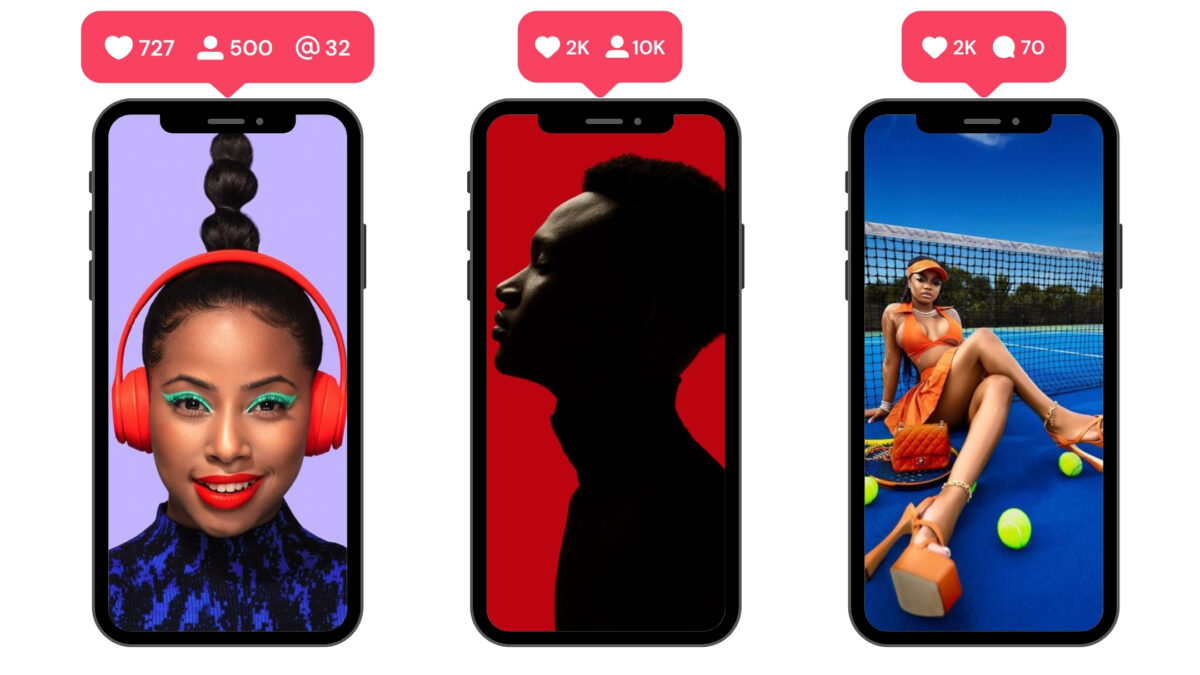
To get noticed, you need to play by the rules of the algorithm.
Social media platforms prioritize content that generates engagement—likes, comments, shares and saves. So you have to create high-quality content designed to resonate with your audience and encourage interaction.
Use relevant, trending hashtags to boost your chances of being found and help new followers discover your work.
Aim for these key interaction points:
- Likes: Encourage with compelling visuals.
- Comments: Ask questions in your captions to prompt responses.
- Shares & Saves: Provide value that makes your content bookmark-worthy.
Because it’s worth building a strong social media presence will help your photography get the attention it deserves.
Networking and Community Engagement
Now, let’s explore how you can leverage online platforms for networking and community engagement effectively.
Joining Photography Groups
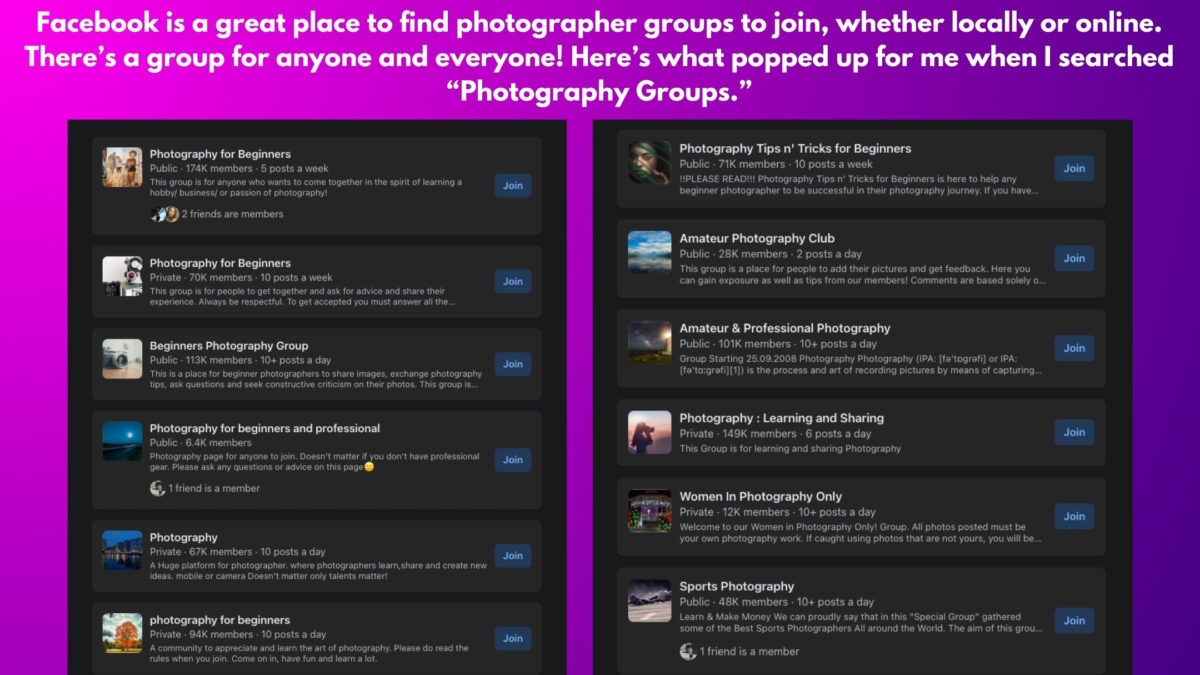
Start by finding active Facebook groups or online communities focused on photography.
These groups often host events and provide a platform for you to showcase your work, gather feedback, and discuss industry trends.
When you join, take these steps:
- Introduce Yourself: Share a brief about your photography passion.
- Participate Actively: Engage in ongoing conversations and contribute your ideas.
- Stay Updated: Follow upcoming community events to meet peers in person.
Engaging in Conversations
Your ability to engage with followers and photographers on social media can significantly increase your following. Here’s what you can do:
- Respond promptly to comments on your posts and messages.
- Initiate discussions by asking questions related to photography techniques or gear.
- Share stories about your photography journey to foster a personal connection.
Engagement is about building relationships, not just responding to messages. Show genuine interest in others’ work and support your peers online.
Collaborating with Other Photographers
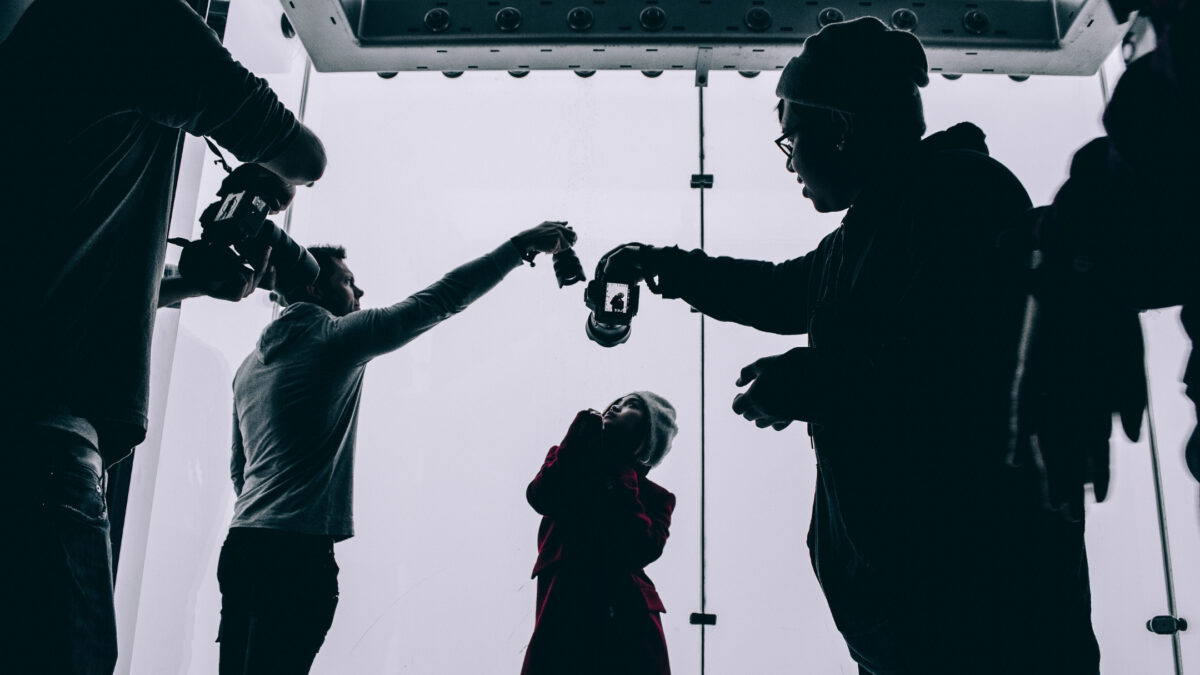
Collaboration is a powerful form of community building. And it can take many forms, such as:
- Photo Walks: Join or organize local events to meet and learn from each other.
- Online Projects: Team up for themed photo challenges or social media campaigns.
- Joint Workshops: Share knowledge and co-host educational events for the community.
When you collaborate, you not only expand your network. But also enhance your skills and potentially gain access to new audiences.
A Quick Recap on How to Connect With Other Photographers
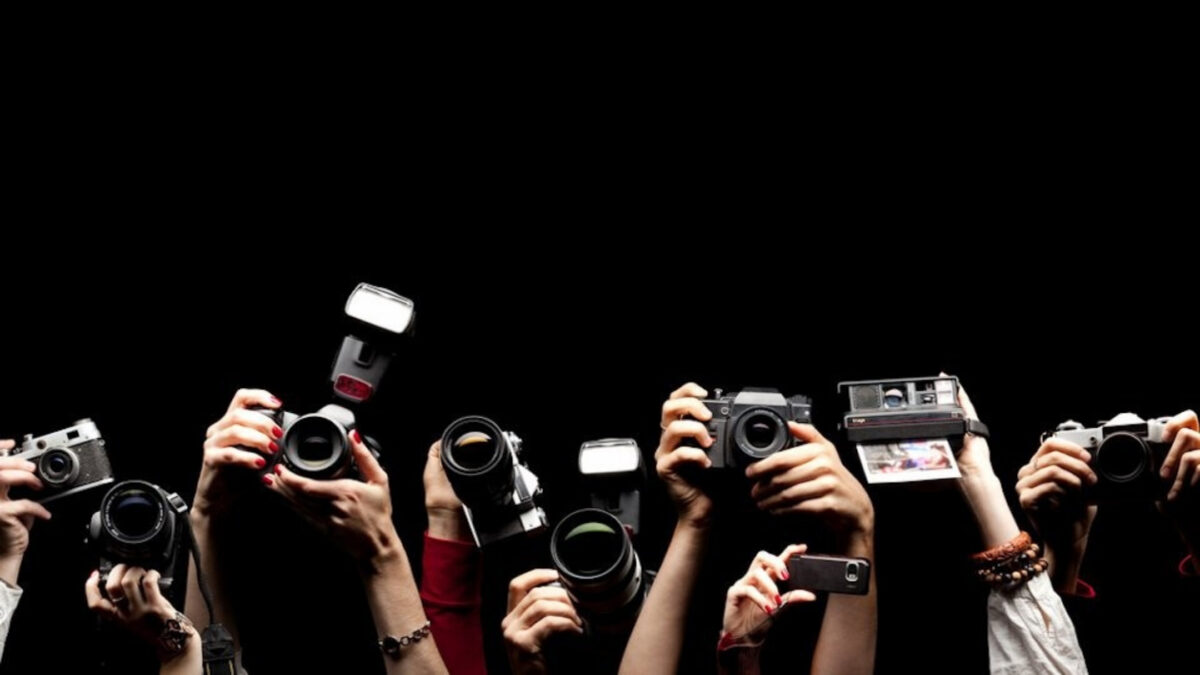
- Choose the Right Platforms: Different social media platforms offer different advantages. Instagram, for example, is a visually-centered platform that is popular among photographers for showcasing their work. Meanwhile, Facebook is great for community building and connecting with both photographers and a broader audience.
- Engage with the Community: Like and comment on other photographers’ posts. This not only shows your appreciation for their work but also helps you get noticed in the community. Engaging in photography groups or forums on platforms like Facebook can also be beneficial.
- Use Hashtags: Most platforms encourage the use of targeted and relevant hashtags. This can help you reach people who are interested in specific types of photography and connect with photographers who share similar interests.
- Share Your Work: Post your photographs and stories behind them. This can attract other photographers who are interested in your style or the subjects you capture.
- Collaborate: Reach out to photographers you admire and propose collaborations. This could be joint photo shoots, Instagram takeovers, or photo challenges.
- Join Photo Challenges: Participate in photo challenges and tags that are popular among photographers. This is a fun way to engage with others and showcase your creativity.
- Be Consistent: Post regularly and maintain a consistent style or theme in your posts. This helps in building a recognizable personal brand that can attract other photographers with similar interests or styles.
Frequently Asked Questions
What are some effective strategies for collaborating on photoshoots with other photographers through social media?
When you’re aiming to collaborate on photoshoots, social media offers tools like direct messaging to reach out to fellow photographers. Discuss concepts, share mood boards, and plan logistics. Openly communicating expectations and creative vision is key to a successful partnership.
What social media platforms are best for showcasing my photography and connecting with other photographers?
Instagram is a visual-centric platform perfect for showcasing your work, while specialized networks like Flickr and 500px attract photographers who appreciate high-quality imagery. LinkedIn can be useful for professional networking, allowing you to connect with industry peers in a more formal setting.
How can I find and network with models for a photo collaboration through social media?
Use hashtags related to modeling and location to discover models on platforms like Instagram and X. Engage with their content and reach out with a professional message proposing collaboration. Be specific about your vision and how it benefits their portfolio as well.
What is the etiquette for crediting fellow photographers and models on social media platforms?
Always give clear credit to photographers and models by tagging their social media profiles and mentioning them in the description. If there’s a collaborative effort, acknowledge each contributor’s role. This fosters trust and respect.
What are the benefits of using photography-focused networks like Flickr and Behance for making professional connections?
Platforms like Flickr and Behance are designed for creative professionals and offer a way to present your portfolio in a more curated environment. They provide opportunities for constructive feedback, foster professional relationships, and can lead to exposure with an audience that appreciates the artistry of photography.
